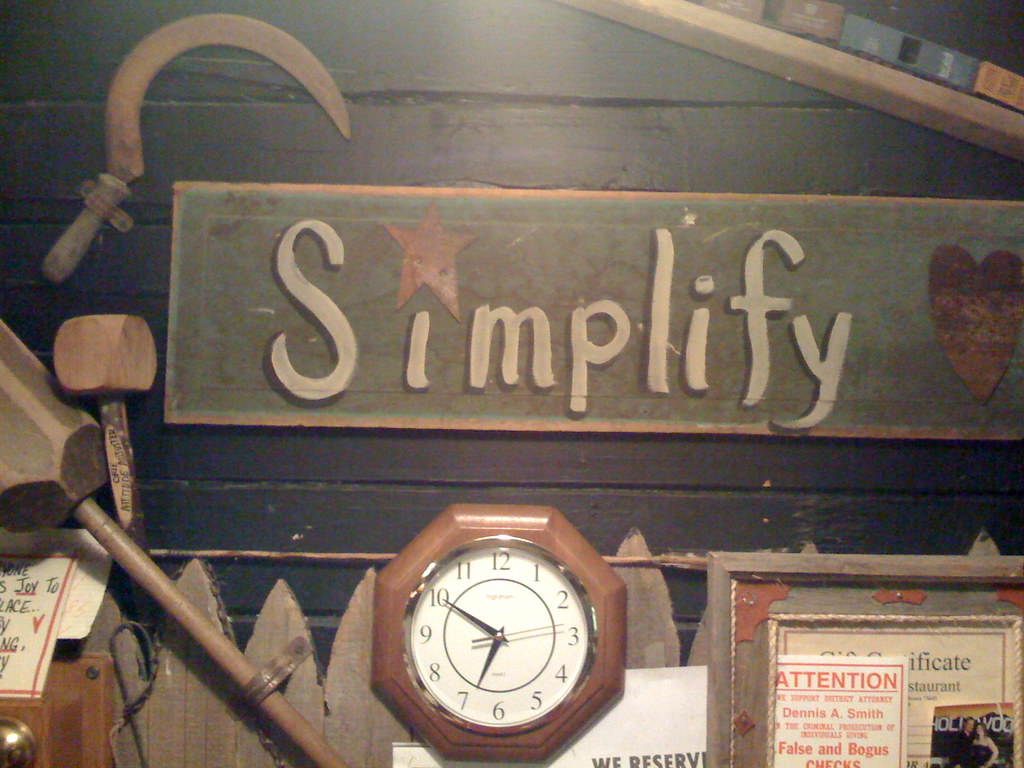Yup, another Ecuadorean legend here! (See here and here for two others.) This one could be used as part of a legends unit or with a health unit because two of the main characters are curanderos.
The name of it is "El Kuychi," which according to the video below, is "el arcoiris blanco que aparece en el invierno." That mean looking guy below is el diablo Supay.
Click here to get the free resources. Feel free to make a copy and make changes, but if you enhance activities and/or create new ones, please share back!
Included in the folder are links to the following:
- a doc with two embedded readings, the final transcript of the audio from the video, and suggested activities to do with each version
- A link to Textivate activities for the first version
- A link to play Quizlet Live after the first version
- A link to a doc for students to read the second version aloud with a partner and choose the correct word
- A link to play Quizlet Live with comprehension questions for the second version
- A doc with a match the picture to text activity for the second version, including pics to make predictions for final version of story
- Listen to audio from video and do cloze activity
- Quizlet Diagram (new feature!) for the final version
I am sharing all of this for FREE, but if you think it is useful and has saved you some time, feel free to give back here in Radiohead style (click here to see what I mean by Radiohead style).
And if you want another legend with very similar resources, click here for Las Guacamayas or click here for a more in depth unit about El Kichwa en el Ecuador.



